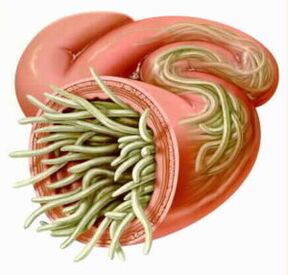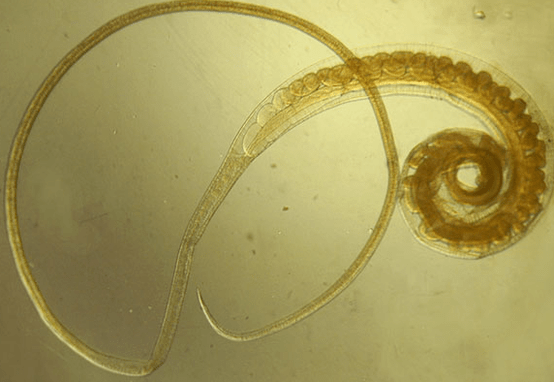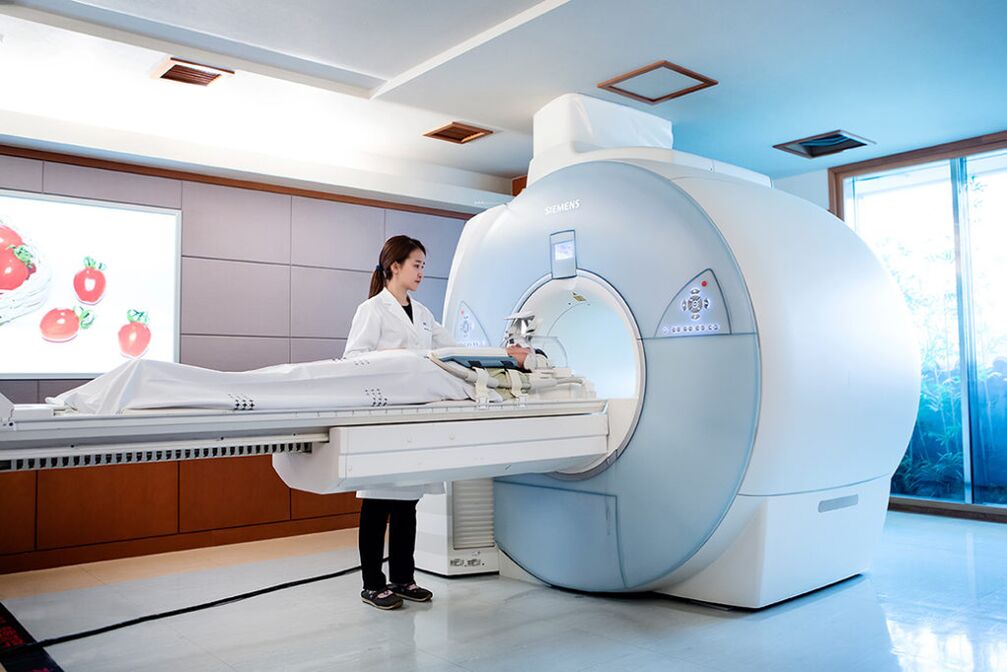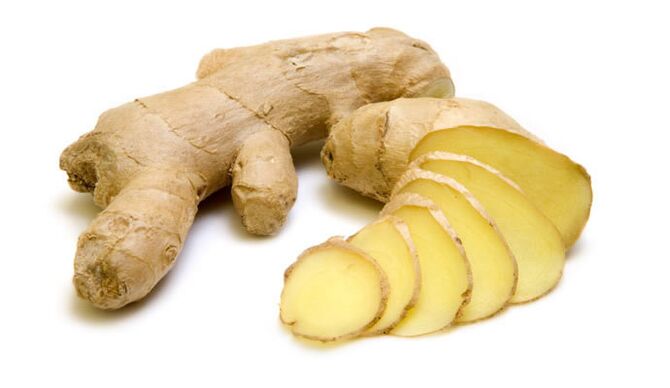Helimosis is the most common disease on the planet.Parasites lived even before our existence and easily adapt to any climate change.
Some parasites of the human body are adjacent to us all their lives and do not cause major health problems.But most species destroy the body of the host and cause various pathologies.
Helminthiasis danger for humans
Parasitic agents multiply and live in the body of the host, causing significant changes in the body.This leads to the development of chronic diseases that are constantly reproduced.

The location of parasites can be in any part of the human body, but more often, helminths settle in the organs:
- Gastrointestinal tract
- In the joints,
- In muscles,
- In the liver and kidneys,
- In the vision organs,
- In the lungs,
- Blood system.
Most types of helminthes prefer to live in the intestines, but with an acute invasion, parasites are forced to migrate.Moving into the body, parasites paralyze the organs found on their way.Migration can cause inappropriate treatment with folk methods.
Home methods are based on the consumption of bitter herbs and substances that are not to the taste of worms.The simplest is sent intestines looking for an environment more suitable for their lives.
The body of a sick person is more sensitive to various diseases, the immune system loses its functionality. An infected person is more likely to suffer from viral and infectious diseases.
The human body reacts acutely to the remains of the vital activity of parasites.The victim has symptoms of intoxication, an allergic reaction is exacerbated.The processes that occur in the body after the infection are not in an ephemeral nature, and a person may not notice a parasitic agent for years.
Helminthes types
The parasites that cause a person's health problems are divided into three groups:
- The simplest or protozoa parasites.This group includes toxoplasmosis, Giardia, Trichomonade.Protozoa settle in the interior of human cells and, multiplying, destroy.The method of transmission of households and sexuals.
- Helminthes - Vers or larvae that settle inside the human body.Among the most common: Trewcord Bull Tassepieur, Pinworms, Toxocars, Ascarides, Pinworms.Transmission methods: cleaning, by insects, animals or dirty land.
- Ectoparasites - Live outside the human body: ticks, lice, lichen.The main source of nutrition is human blood.The wounds appear on the skin, bites itching and hurt.The danger in various infections they distribute: typhoid, encephalitis.
The most difficult to treat and diagnosis is the infection of helminthes.It is important to recognize the signs of parasites in your body and know their main types.
Nematodes
In another way, nematodes are called to round.He obtained his name because of the shape of the body.There are more than 45 varieties of nematodes inside a person.The parasite is easily spread through personal hygiene articles and vegetables or unwashed fruits.The size of a round worm, depending on the variety, begins from several millimeters and ends with dozens of centimeters.

Among the most common roundworms stand out:
- TIPS - The main place of housing - The intestines of a person, the length of the green up to 1 cm.When infected, a person manifests symptoms: violation of the gastrointestinal tract, exhaustion, anemia, sleep disorder.
- ASKARIDS - The length of the worm reaches 30 cm, it is able to migrate and settle in various parts of the body.When infected, a manifest person of symptoms: allergic reaction, anemia, asthma, dermatitis is exacerbated.Once in the eye or liver, ascarids can cause serious illnesses.
- Trichinella is only a size of Ver 2-3 mm, the main habitat is the intestines.When infected, it causes the following complications in a person: swelling, allergic reaction, violation of the digestive tract, fever.
- VLASHEV - lives in the gastrointestinal tract, the size of an adult individual up to 4.5 cm.In a person, the parasite cause: anemia, weakness, poisoning of the body.
The severity of the disease is associated with the number of parasitic agents in the body, their species and location.
Trematodes
Tréontods have a flat body.All types of trematodes have suction cups with which they are fixed to the walls of the internal organs.Blood parasites feed Useful substances and other secrets.In the human body, only adults are parasitizing.
Useful substances and other secrets.In the human body, only adults are parasitizing.
Before a person's infection, the Trematod passes an intermediate stage of his life in the body of another owner: in fish, animal, insect.The human body between most often with poorly treated foods.
Among the common species, the trematodes are distinguished:
- Opistorch or bacon feline - The body of the worm has only a length of 1-2 cm, the main location: the conduits of the pancreas, the gallbladder and the liver.A person causes diseases: gastritis, ulcer, cholecystitis, pancreatitis.Transmitted from animals to humans.Due to location in places that are difficult to reach, the parasite is difficult to diagnose.
- Strongigiloid or eat intestinal - small flat green, long up to 2 mm.Sets in the digestive tract.After infection, a manifest person of pathologies: anemia, asthma, bronchitis, asthenia, infertility.
All types of trematodes easily migrate throughout the body, cause mechanical damage to the internal organs of a person.
Cistodes
Parasite strip worm, which is installed in the gastrointestinal tract of a person.The length of the cestodes reaches several tens of meters.A person obtains an intermediate host - a large animal: a cow, a horse.The larvae fall into the human body of badly fried animals, which a person eats for food.
Among the most common types of bandworms stand out:
- Large ribbon - lives in the thin section of the intestine.The length can reach 3-5 m.In humans, causes diseases: anemia, intestinal obstruction, digestive disorders.
- Pork chain - settles in a person's intestines.In length, the bandworm reaches 7 to 8 m.The patient manifests himself: obstruction of the esophagus, poisoning, cyscosis.
- Gull Taper is the largest of human parasites.In length, the worm can reach 18 m.A person has intestinal obstruction, excitability, allergies.
The larvae of all types of Cestoda are able to damage internal organs and cause the appearance of a tumor.
Sources of infection
The main type of transmission of helminthiasis is cleaning.Among the possible sources of infection, they stand out:
- Personal hygiene: towel, toothbrush, comb, bedding,
- Dirty hands,
- Toilets in public places,
- Insufficiently transformed meat or fish,
- Vegetables, berries and unwashed fruits,
- Water without success of a crane or open source,
- Animal not transformed.

Some types of parasites are sexually transmitted.These include trichomonase.
To avoid infection, it is necessary to observe personal hygiene and to wash your hands with soap several times a day.In the absence of water and soap, it is recommended to treat your hands with an antiseptic solution.
Vegetables and fruits before meals are washed in running water.Apples, pears and other fruits used with the skin, it is recommended to rinse with a special tool or a domestic soap.Home animals every 6 months are treated with helminthes using special medicines.Boil water before drinking, a young child receives a special bottles.
Once a week, children are cut with nails.Dirt under the nails is cleaned every day.It is easier to clean the nails with an old toothbrush or a special file.
Helminthiasis symptoms
The internal organ damage clinic differs depending on the location of parasites in the body.But there are general symptoms that appear when infected with any type of agents.
Poisoning
By parasitizing in the human body, Helmint leaves products of his life.The patient receives poisoning, which manifests itself in the following symptoms:
- Headache,
- Nausea,
- Weakness,
- A decrease in appetite,
- Nervousness.
Allergy
An allergic reaction manifests itself at the initial stage in the form of a rash, which is difficult to treat.After treatment, the eruption disappears, but after a while, it manifests itself again.In young children, rashes of diarhesics are observed on the cheeks, the neck, in the groin and the armpits.Skin eruptions are explained by toxins that helminths distinguish.
In allergies or asthmatics, parasites can cause swelling of the mucous membrane, spasms of bronchi, asthma attacks.

Weight change
When it is infected with helminths, a person can lose weight.Body weight loss is associated with the fight for nutrients that the parasite consumes.But small parasitic agents can cause weight gain.Once in the blood circulation, the unicellular blood circulation disrupts the blood circulation and the metabolism of the body slows down.In a person, swelling manifests, the weight increases.
Hyperthermia
In the context of secondary pathologies in a patient with helminthiasis, the temperature amounts to 37.5 degrees periodically.The temperature increases for no apparent reason and is accompanied by weakness, general discomfort.A person experiences fatigue, they want to sleep all the time.The symptom is independently passed, also unexpectedly as it appeared.
Disorders in the digestive tract
Digestive disorders are associated with the intoxication of the body and the development of parasites in the intestines. Symptoms look like dysbiosis and incorrect treatment is prescribed to the patient.
In case of violation of the digestive tract, symptoms are observed:
- Stomach bloating,
- Unstable chair (diarrhea and constipation),
- Heartburn,
- Stomach pain.
Anemia
A parasitic agent feeds on nutrients for the owner.A person does not receive the required number of vitamins and minerals.The iron indicator in the blood falls.The patient experiences weakness, general discomfort.The skin and the mucous membrane are pale.The poor condition is accompanied by frequent dizziness and fainting.
When one of these symptoms appears, it is worth contacting specialists and undergoing a complete body examination for helminths.
Diagnosis of the disease
Before prescribing a treatment, it is necessary to determine which type of parasite the body is infected and where the worm is located.Most drugs are developed to fight against a specific type of helminthe.There are universal drugs, but their effectiveness is lower and they have more side effects.

The type of pathogen is determined by the following types of exams:
- Analysis of excrement for parasitic eggs,
- General blood test,
- Blood immunoferment test,
- Smear,
- Analysis of the secret of the duodenum,
- Ultrasound of the gastrointestinal and liver tract,
- Tomography.
Tomography is prescribed if the rest of the research methods has not made it possible to present a complete image of the infection.
With a negative result, certain research methods are again prescribed.The easiest way to determine the presence of an adult parasite in the human body.During the incubation period, analyzes show a negative result.
When diagnosing the parasite, the doctor will immediately prescribe appropriate treatment.
Helminthosis therapy
The treatment of helminthiasis is in several stages and will take the patient's time.In the first stage, the body must be prepared and cleaned accumulated toxins.The patient is prescribed sorbants.Cleaning the body of toxins lasts at least five days.
At the second stage, antiparasitic agents are prescribed to the patient.It is preferable that the drug is individually selected for a certain type of parasite.
The stadium of dismissal of parasites is carried out in two courses.The first course will kill helminthes adults in the human body.After 10 to 14 days, adult lines will be replaced by new ones that will hatch the eggs in layers.The second course will kill new people.
The most important thing is restoration - the third stage of treatment.In the third stage, the digestive tract, the liver and the immune system are restored.The patient is prescribed a drug cure.After taking Sorbants, it is recommended to take medication that helps in the digestive tract.Medicines are food enzymes and help absorb food.The dosage is individually selected depending on the weight of the patient and the secondary diseases.
Polyvitamins are added at the same time.As well as drugs to maintain immunity.
Any therapy is carried out under the supervision of a specialist.If the Helminthiasis are caused by infection by saucers or tape parasites, therapy is carried out in the hospital.The elimination of parasites from certain species requires surgery.

Folk treatment methods
All Anthelminitian drugs are toxic and contraindicated for pregnant women.You can hunt parasites with folk methods that have no side effects.
Plants have a pronounced anti-Authillus: Tansy, Wood of Ver, Lin, Cloves, Ginger.
A popular preparation based on herbs is a collection based on triple plants.The drug is simply made at home: mixed in equal parts (1 teaspoon) of Tansy, Wormwood, 10 pcs.Pods.The ingredients are used dry.Everything is crushed and mixed.1 teaspoon of the product is taken per day, washed with a large amount of water.
Effective enemies of the Ver and Tansy wood infusion.The enemas are carried out within 10 days before bedtime.At the same time, 3 tablespoons of infusion are taken inside.
Fresh ginger helps to expel parasites.The root is crushed and consumed 1 teaspoon three times a day.To improve the taste of ginger, 1 teaspoon of honey and a few drops of lemon juice are added to the mixture.
Pumpkin helps drive parasites.Its taste is pleasant, but I don't like helminthes.In therapy, pumpkin oil, seed infusion and pumpkin pulp are used.
Triple or homemade pumpkin oil is drunk as a preventive measure every six months.
During treatment, the patient adheres to a certain nutrition: from the diet, it is excluded: sugar, flour and yeast of products containing milk, butter.The main part of the menu is made up of vegetables and dairy products.
All types of parasites hit the body and, after the expulsion of helminths, go to the treatment of secondary pathologies.
Any treatment must be controlled by a specialist who will determine the type of helminthe and will select an effective drug for treatment.






































